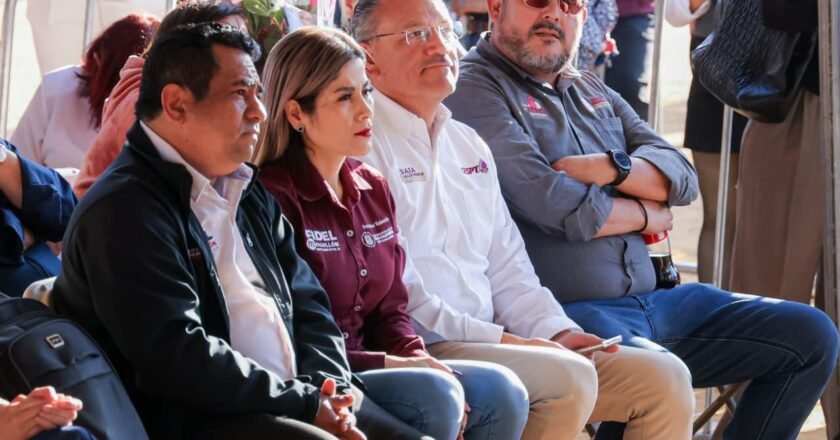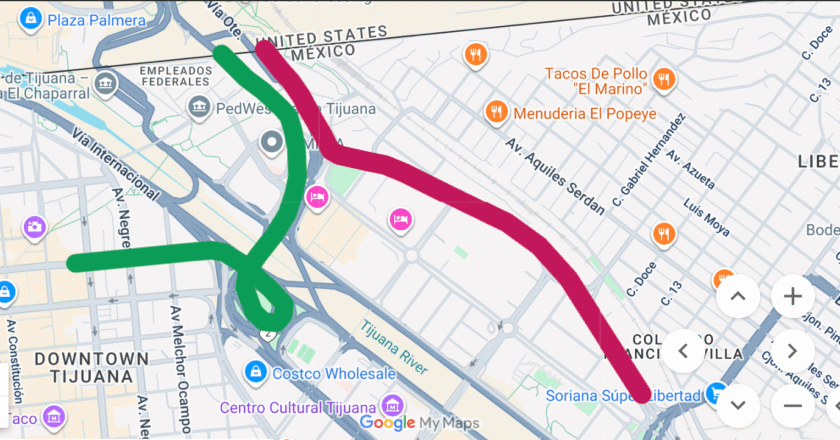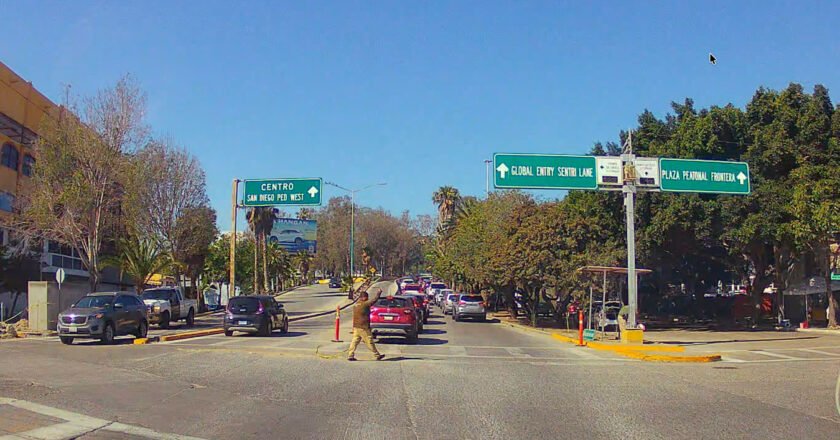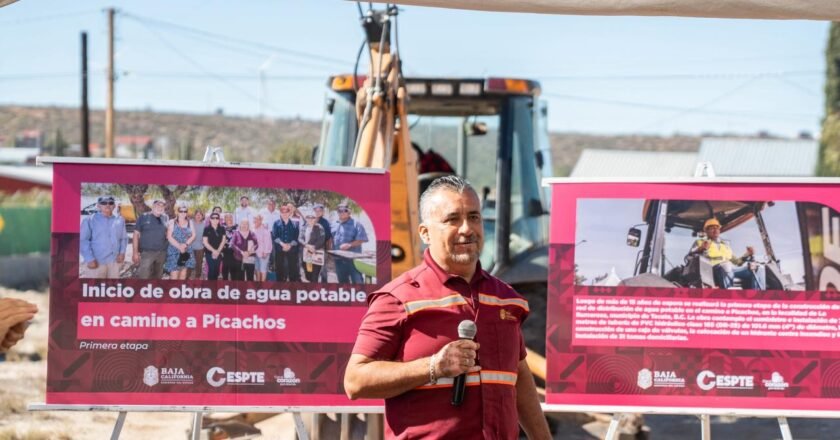Primo Tapia Finally Gets a Flush It’s actually happening. Primo Tapia, that beachy, taco-scented stretch just south of Rosarito, is …


Primo Tapia Finally Gets a Flush It’s actually happening. Primo Tapia, that beachy, taco-scented stretch just south of Rosarito, is …

When Emprendedores del Valle de Guadalupe (EDVG) sends out an invite for a fam trip, you don’t hesitate—you grab your …

I get up early in the morning. Before the sun comes up. My cat insists on this because I can’t …

If you’ve heard rumors about SENTRI moving—take a breath. The main SENTRI entrance on Blvd. Padre Kino isn’t going anywhere. …

How to download a PDF of this publication:1. Locate the icon toolbar at the bottom part of the newspaper window. …

Early this year, people in Tijuana started showing up at community centers with guns wrapped in towels, plastic bags, and …

Once upon a time—okay, not that long ago—smoking indoors was as common as breathing. You could light up in restaurants, …

The Musical Magnetism of Tijuana It all started with a message from reader Sergio J. Castro. He sent me a …

UPDATE OCT/29/2025: We had previously stated that the SENTRI traffic was moving from Blvd. Padre Kino to Calle Segunda, authorities …

It’s not champagne they’re toasting with in Picachos—it’s running water. After 15 long years of dry promises, the mountain community …